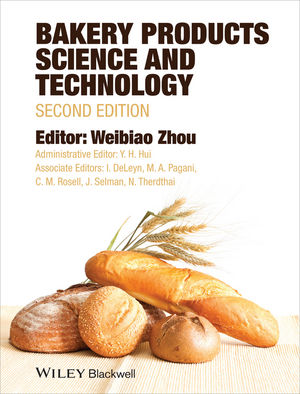
By Judi Adams, president of the Grain Foods Foundation and the Wheat Foods Council
Enriched grains are a source of many key nutrients; one of the most noteworthy of these is folic acid. Folic acid is a B vitamin best known for its role in the prevention of some birth defects, but its benefits don’t stop there-several studies indicate the B vitamin can improve cognitive function and may help prevent heart disease and some cancers. The Food & Drug Administration (FDA), Washington, D.C., mandated folic acid fortification of enriched grains in the United States, starting in 1998 because of its role in the prevention of the neural tube defects spina bifida and anencephaly. As a result, enriched grains such as white bread, pasta and tortillas are the largest source of folic acid in the American diet; more importantly, the folic acid found in these foods has contributed to an approximate one-third reduction in the rate of birth defects in the United States.
In addition, the Centers for Disease Control and Prevention (CDC), Washington, D.C., recently named folic acid fortification of enriched grains one of Top 10 public health achievements of the last decade, crediting these foods with a direct cost savings of $4.7 billion and 10,000 fewer birth defect-affected pregnancies. But the good news for folic acid doesn’t end there.
Two recent studies further solidify the health benefits of the B vitamin. First, a study published in the July issue of the scientific journal Gastroenterology examined colorectal cancer rates since the government-mandated fortification of enriched grains began in 1998. This research was conducted in response to a handful of previous studies that called into question if consuming too much folic acid can increase the risk of developing colorectal cancer. To investigate this notion, researchers analyzed the food intake and colorectal cancer rates of nearly 100,000 men and women; interestingly enough, they found that rather than being a risk factor, the participants with the highest intake of folic acid were less likely to develop colorectal cancer, indicating folic acid can actually be protective against the disease.
Secondly, research published in the July online issue ofPediatricsfound that adolescents who ate a diet rich in folic acid improved academic performance. Researchers found that of the 386 Swedish teens who participated, the students who regularly consumed adequate amounts of folic acid in their diets did better in school than those who did not. The researchers credit folic acid’s role in helping build DNA as the likely reason for this important benefit, which supports the need enriched grains in children’s diets.
A large part of the Grain Foods Foundation’s outreach focuses on educating consumers on the health benefits associated with the fortification of enriched grains. We have shared news of the two recent studies via our social media channels and Daily Six blog. In further support, our “Bread Trail” public service announcement aimed at educating women of childbearing age about the importance of folic acid in the prevention of birth defects continues to air, reaching approximately 766 million viewers and exceeding $17 million in equivalent advertising value since its inception.
The findings from the above studies and recognition from the CDC add to the wealth of information pointing to enriched grains’ well-deserved place in a healthful diet. I encourage everyone to share this great news through their personal and professional communication channels.





